Right now, as you’re reading this, there’s probably a tiny army of insects plotting their next move into your home. They’re not breaking down your front door or picking locks – they’re finding the subtle invitations you’ve unknowingly extended. Every dropped crumb, every damp corner, every forgotten pile of newspapers becomes a welcome mat for creatures you’d rather keep outside.
The Hidden Water World in Your Kitchen
Water is life, and insects know this better than most homeowners realize. That seemingly innocent drip under your kitchen sink isn’t just annoying – it’s creating a five-star resort for cockroaches, ants, and countless other unwanted guests. Even the smallest moisture accumulation can sustain entire colonies of bugs for weeks.
Your dishwasher, refrigerator, and washing machine all have the potential to become bug magnets if their drainage systems aren’t properly maintained. Many people forget that these appliances collect condensation and can develop leaks that create perfect breeding grounds. A single drop of water can hydrate hundreds of tiny insects, making your kitchen their permanent headquarters.
The Pantry Paradise You Never Knew Existed
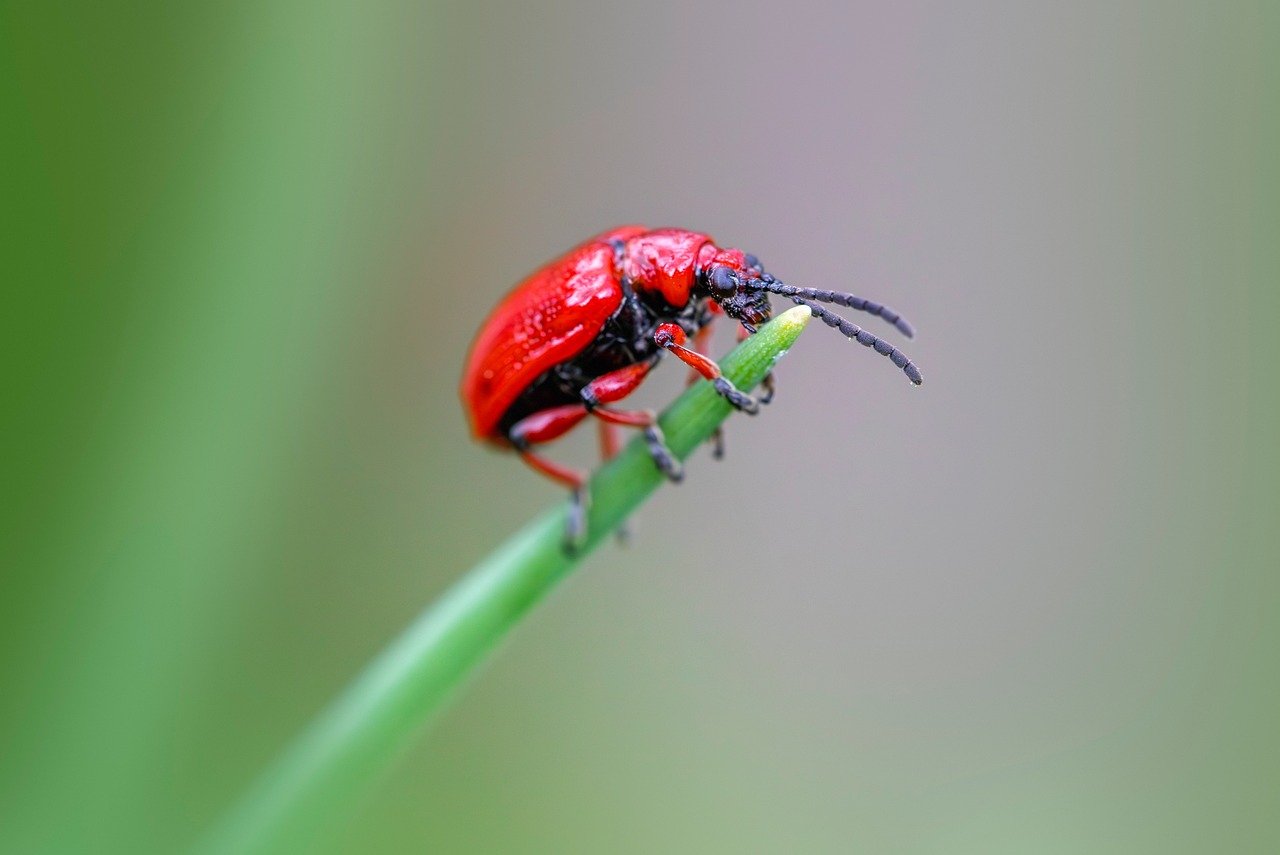
Those bulk bins of rice, flour, and cereal you bought to save money? They might be costing you more than you bargained for. Pantry pests like weevils, moths, and beetles can infiltrate sealed containers through microscopic gaps or arrive already embedded in grain products from the store. Once inside, they multiply rapidly, turning your food storage into their personal breeding facility.
The problem extends beyond just grains – dried fruits, nuts, and even chocolate can harbor these unwelcome visitors. Temperature fluctuations in your pantry create condensation that attracts moisture-loving insects, while spilled food particles provide an endless buffet. Most homeowners don’t realize that even “sealed” containers can develop tiny cracks over time, creating highways for determined bugs.
The Lighting Mistake That Draws Them In
Your porch light might be the most expensive welcome sign you never meant to buy. Insects are naturally drawn to artificial light sources, and that bright bulb by your front door is basically a beacon calling every flying bug in the neighborhood to come visit. The problem compounds when these attracted insects find ways to slip inside every time you open the door.
Different types of lighting attract different species – white and blue lights are particularly appealing to moths, beetles, and flying ants. Once they’re circling your home, they start exploring for entry points, often finding cracks around windows, doors, and vents. Switching to yellow or amber lights can significantly reduce this attraction, but many people continue using standard bulbs without realizing the connection.
The Invisible Entry Points Around Your Home
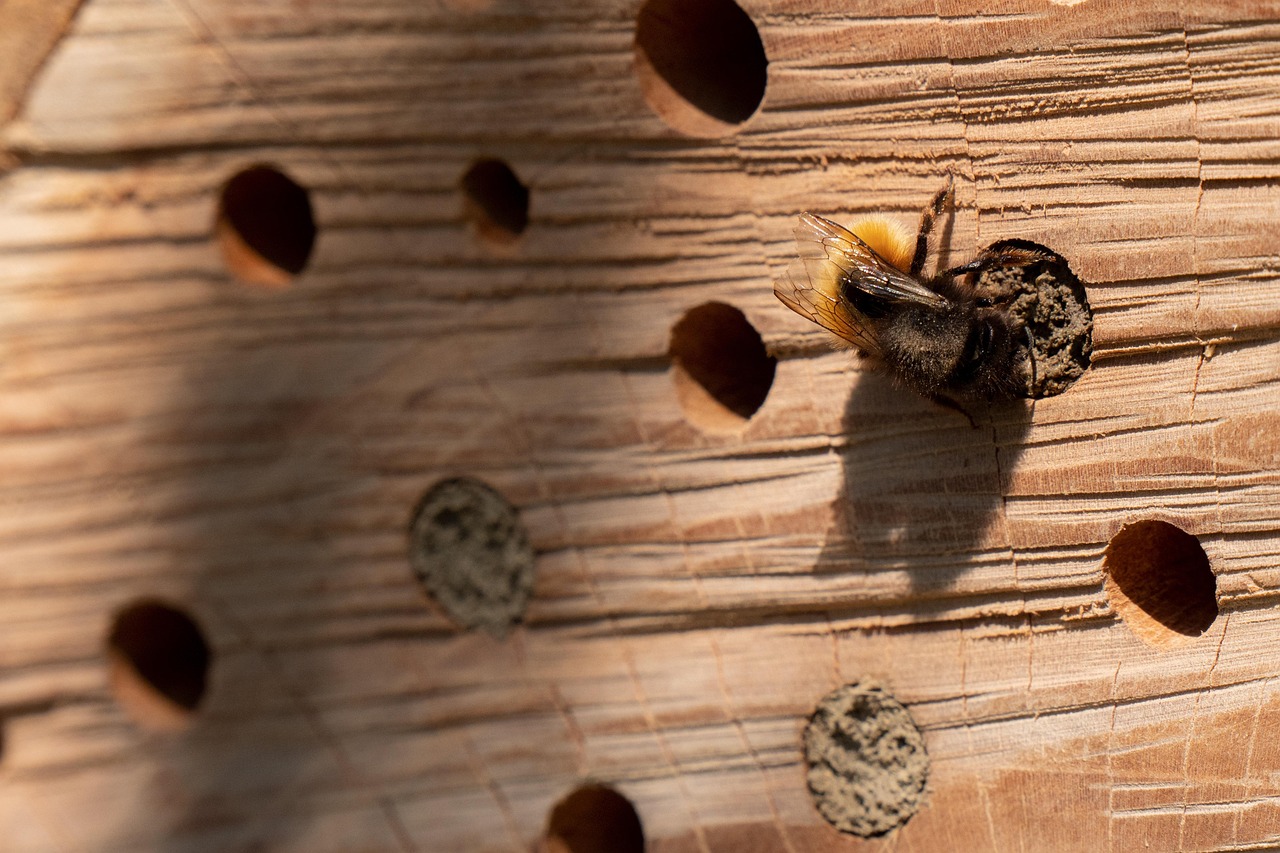
While you’re checking locks and security systems, bugs are using entrances you never even considered. The gap under your door might look insignificant, but it’s actually a superhighway for ants, spiders, and other crawling insects. Weather stripping degrades over time, creating spaces that seem tiny to us but are massive to a determined bug.
Windows present another overlooked vulnerability – damaged screens, loose frames, and worn seals all provide easy access for flying insects. Even the smallest tear in a screen can admit hundreds of gnats, fruit flies, or mosquitoes. Many homeowners focus on obvious holes while missing the subtle gaps where window frames meet walls or where air conditioning units are installed.
The Clutter That Creates Bug Highways

That stack of newspapers in your garage, the pile of cardboard boxes in your basement, or the collection of old clothes in your closet – these aren’t just storage solutions, they’re luxury bug hotels. Clutter provides insects with hiding places, nesting materials, and protected pathways through your home. Cockroaches particularly love corrugated cardboard, which provides both shelter and food.
The problem with clutter goes beyond just providing hiding spots – it also makes it impossible to properly clean and inspect areas where bugs like to congregate. Spiders build webs in undisturbed corners, while ants create trails along cluttered baseboards. When you can’t easily access and clean these areas, you’re essentially giving insects permanent residency rights.
The Outdoor Attractions Right Next to Your House
Your beautiful garden might be sabotaging your pest control efforts. Plants placed too close to your home’s foundation create bridges that insects use to reach your house, while mulch and dense vegetation provide perfect breeding grounds. Aphids on your roses can attract ants, which then discover the crack in your foundation and decide to explore indoors.
Standing water in plant saucers, clogged gutters, or decorative water features becomes a breeding ground for mosquitoes and other flying insects. Even something as simple as a birdbath can produce hundreds of mosquitoes if the water isn’t changed regularly. Many homeowners create elaborate outdoor spaces without considering how these features might be rolling out the red carpet for unwanted guests.
The Food Scraps You Don’t Even Notice
It’s not just the obvious food spills that attract insects – it’s the microscopic crumbs and residues that accumulate in places you rarely think to clean. That sticky spot on your kitchen counter from last week’s smoothie preparation is still sending out chemical signals that attract fruit flies and ants. Pet food bowls left out overnight become all-you-can-eat buffets for a variety of insects.
Grease splatters behind your stove, sugar granules that scattered while baking, and even the residue inside your garbage disposal all contribute to making your kitchen irresistible to bugs. These food sources don’t have to be large – ants can survive on crumbs invisible to the human eye, and fruit flies can breed in the thin film of organic matter that coats the inside of your sink drain.
The Temperature Zones That Bugs Love
Insects are remarkably sensitive to temperature changes, and your home’s heating and cooling systems create microclimates that some species find irresistible. The warm area around your water heater attracts cockroaches and silverfish, while the cool, humid space under your air conditioning unit appeals to different species. These temperature variations create diverse habitats within your home.
Seasonal temperature changes also influence bug behavior – as outdoor temperatures drop, insects actively seek warm indoor spaces to overwinter. Cracks around heating vents, gaps in insulation, and warm spots near appliances become prime real estate for bugs looking to escape the cold. Many homeowners don’t realize that their heating systems are actually creating bug-friendly environments.
The Laundry Room Nobody Suspects
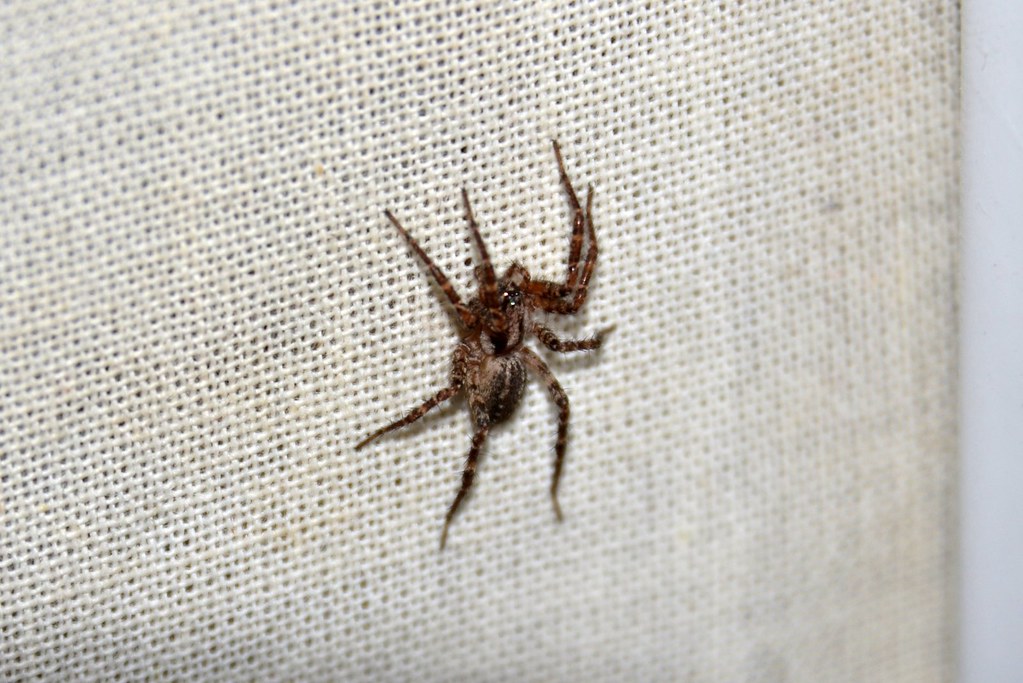
Your laundry room combines several bug-attracting factors into one convenient location. The warmth from your dryer, moisture from washing clothes, and occasional detergent spills create an environment that many insects find appealing. Lint that accumulates behind machines provides nesting material, while the dark spaces around appliances offer perfect hiding spots.
Fabric softener residue and soap scum might seem harmless, but they contain organic compounds that attract certain insects. The humid environment created by wet clothes and steam from hot water also appeals to moisture-loving bugs like silverfish and cockroaches. Most people focus on kitchen and bathroom pest control while completely overlooking their laundry areas.
The Seasonal Changes That Open New Doors
As seasons change, so do the entry points available to insects. Winter weather can cause building materials to contract and expand, creating new gaps in your home’s exterior. The caulk around windows and doors can crack, while wooden frames may warp slightly, opening spaces that weren’t there before.
Spring brings increased insect activity as bugs emerge from winter dormancy looking for new territories to colonize. The combination of warming temperatures and increased moisture from spring rains creates ideal conditions for insect reproduction. Many homeowners perform spring cleaning but forget to inspect and repair the seasonal damage that might have created new bug entry points.
The Bathroom Humidity Haven

Your bathroom’s high humidity levels create a tropical paradise for insects that thrive in moist environments. Poor ventilation after showers allows moisture to accumulate in hidden areas, creating perfect conditions for silverfish, drain flies, and even termites. The organic matter that builds up in drains provides food sources for various insects.
Leaky pipes, worn toilet seals, and inadequate ventilation fans all contribute to creating an insect-friendly environment. Many people don’t realize that the space behind bathroom tiles can harbor moisture and provide breeding grounds for insects. Regular cleaning might eliminate surface problems, but hidden moisture issues can persist and attract unwanted guests.
The Garbage Management Mistakes Everyone Makes
Even the most conscientious homeowners often make critical errors in garbage management that send dinner invitations to every bug in the neighborhood. Overfilling trash cans causes lids to not seal properly, while sticky residues on the outside of containers attract insects from far away. The area around your garbage cans becomes a feeding ground that insects use as a base camp for exploring your home.
Indoor garbage disposal creates its own set of problems – fruit flies can breed in the organic matter that coats the inside of your kitchen trash can, even if you use liners. Many people don’t realize that the smell of decomposing food can travel through tiny gaps and attract insects from surprising distances. Regular cleaning of garbage storage areas is essential but often overlooked.
The Pet-Related Invitations You’re Sending
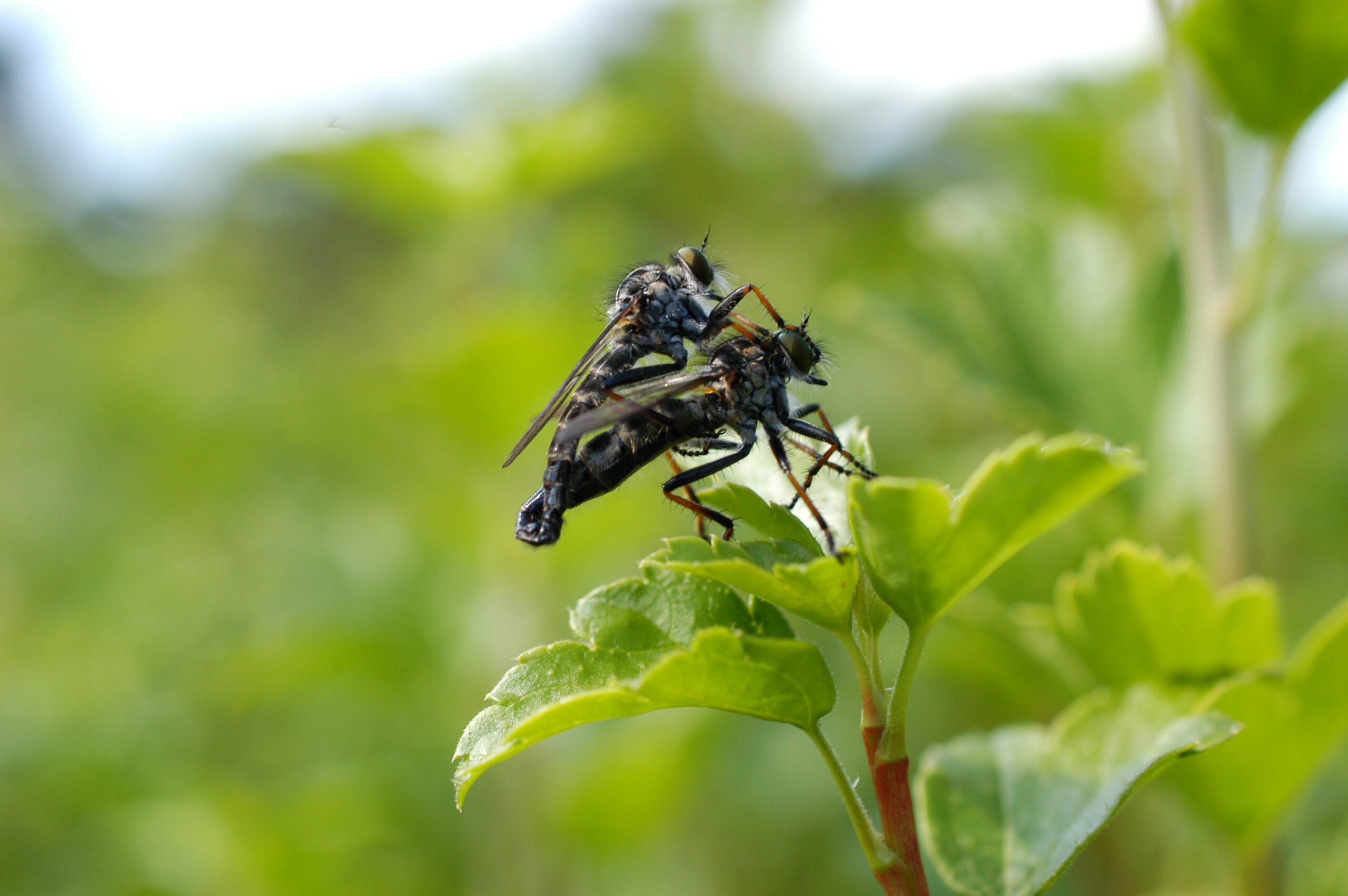
Your beloved pets might be accidentally helping bugs move in. Pet doors create obvious entry points, but even pets that come and go through regular doors can carry insects inside on their fur. Dog and cat food left out overnight attracts ants, cockroaches, and other insects, while water bowls that aren’t cleaned regularly can become breeding sites for various pests.
Pet waste in yards attracts flies that then seek entry into homes, while litter boxes can harbor insects if not maintained properly. Even pet bedding and toys can accumulate organic matter that attracts bugs. Many pet owners focus on keeping their animals healthy while overlooking how pet-related activities might be compromising their home’s pest defenses.
The Technology Traps in Your Home
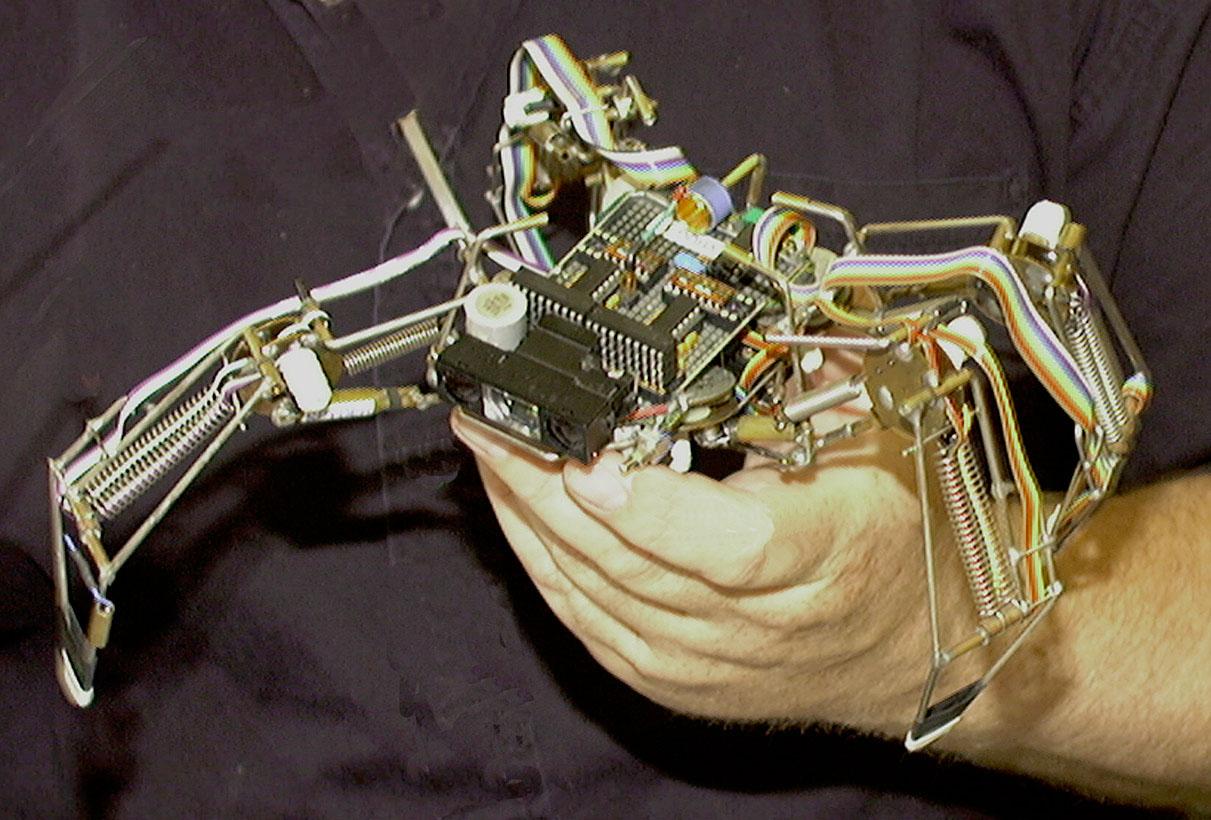
Modern homes are filled with electronic devices that can inadvertently attract insects. The warmth generated by computers, televisions, and other electronics creates cozy spots that bugs find appealing, especially during cooler months. Cable and internet installations often create new entry points when technicians drill holes for wiring without properly sealing them afterward.
Gaming consoles, printers, and other electronics collect dust and heat that can attract various insects. The static electricity generated by some devices can even attract certain types of flying insects. Many homeowners never consider their electronic devices as potential bug attractants, but these items can play a significant role in pest problems.
The Air Circulation Issues Nobody Talks About
Poor air circulation in your home creates stagnant areas where insects can thrive undisturbed. Closed-off rooms, cluttered spaces, and areas with limited airflow become perfect hiding spots for bugs that prefer dark, undisturbed environments. Inadequate ventilation also leads to moisture buildup, which attracts a wide variety of insects.
Your home’s HVAC system can actually help distribute insects throughout your house if ducts aren’t properly sealed or if filters aren’t changed regularly. Bugs can enter through return air vents and travel through ductwork to emerge in completely different rooms. Many people don’t realize that their heating and cooling systems might be providing transportation services for unwanted guests.
Conclusion
The war against household pests isn’t won through dramatic battles – it’s won by eliminating the subtle invitations we unknowingly extend every day. From the moisture we allow to accumulate to the tiny food particles we leave behind, our daily habits create the perfect conditions for insects to establish permanent residence in our homes.
The most effective pest control strategy isn’t about stronger chemicals or more traps – it’s about understanding how our homes and habits create opportunities for bugs to move in. By addressing these often-overlooked invitation factors, you can transform your home from a bug-friendly environment into a fortress that naturally repels unwanted visitors.
Your home should be your sanctuary, not a shared space with uninvited six-legged roommates. The next time you flip on that porch light or leave out that pet food bowl, you’ll know exactly what signals you’re sending to the insect world – and more importantly, how to stop sending them.
